
Places like Machu Picchu or Rainbow Mountain are the first ones that come to mind when discussing Cusco. Their spectacular appeal has made them one of Peru’s most visited and famous sites. However, this beautiful city has other fascinating attractions. In this blog, we will explore Tipon, Pikilacta, and Killarumiyoq.
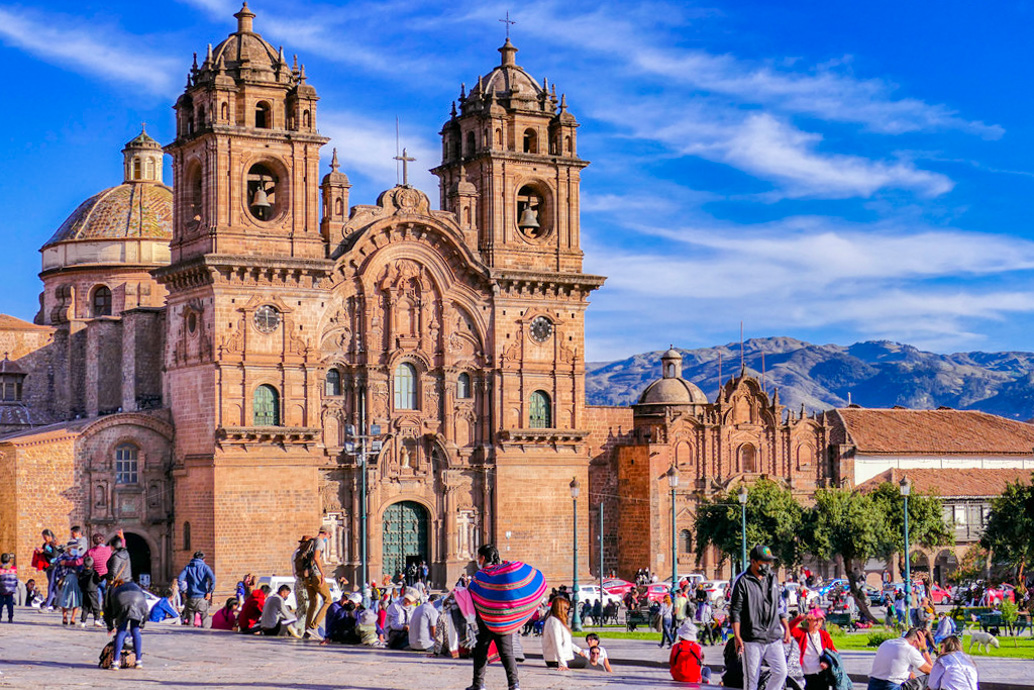
It is unknown whether this archaeological site was a royal garden or a ceremonial center dedicated to water that draws the attention of its visitors for its design, functionality, and connection. This masterpiece of Inca hydraulic engineering is located 25 km southeast of Cusco. It is the ideal opportunity to learn more about the technological and spiritual advances of the Incas.
Tipón is a clear example of Inca ingenuity in water management. This place served for agricultural irrigation and as a sacred space where water was worshipped, a vital element in the Andean worldview.
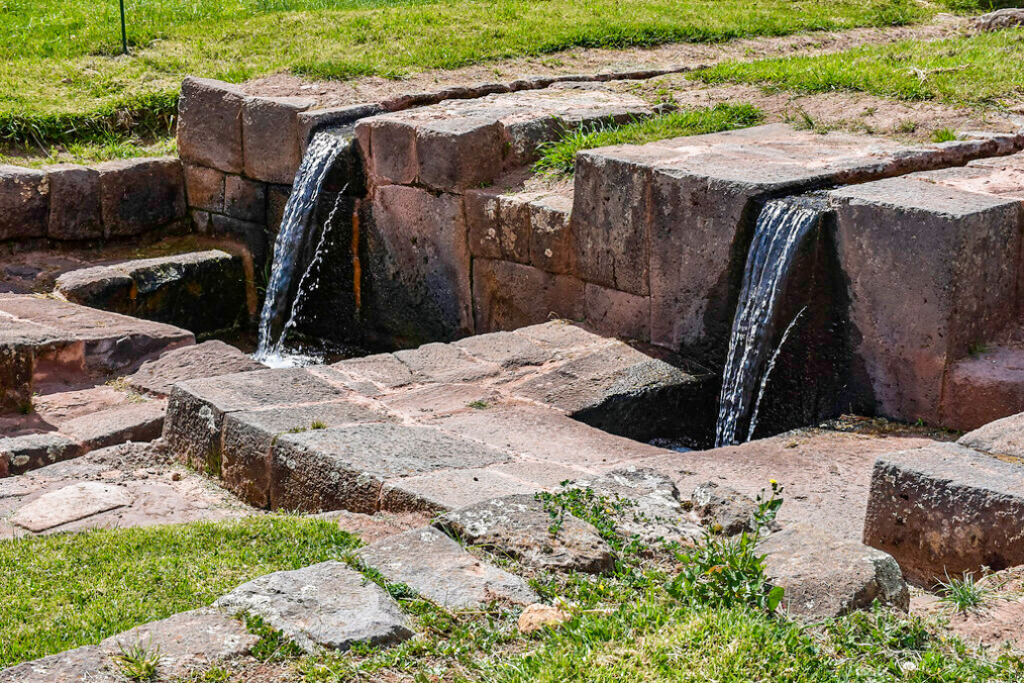
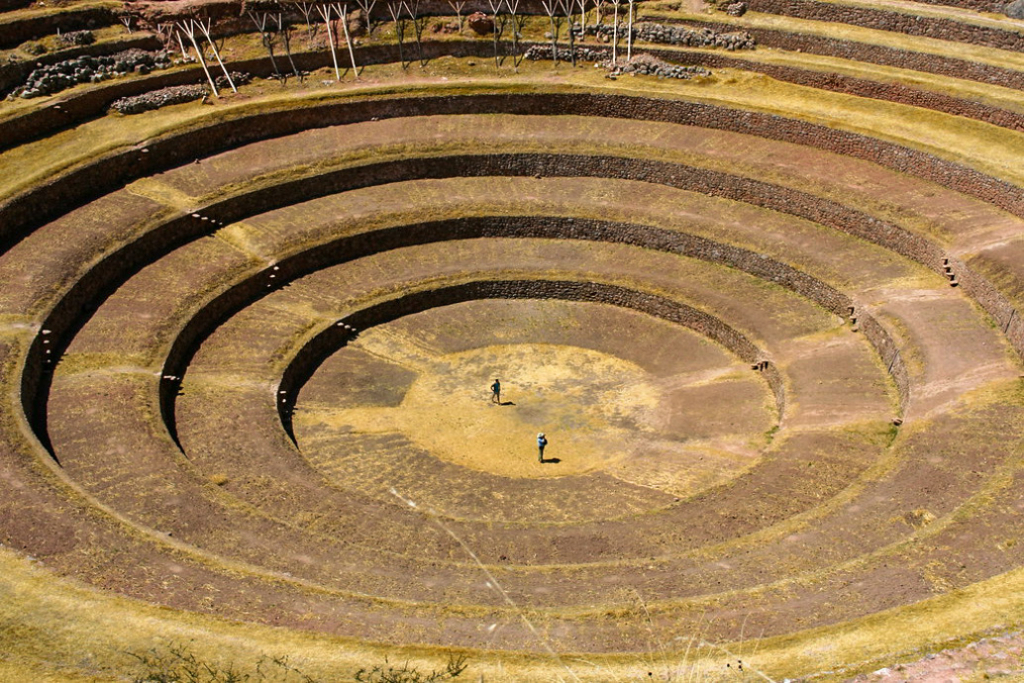
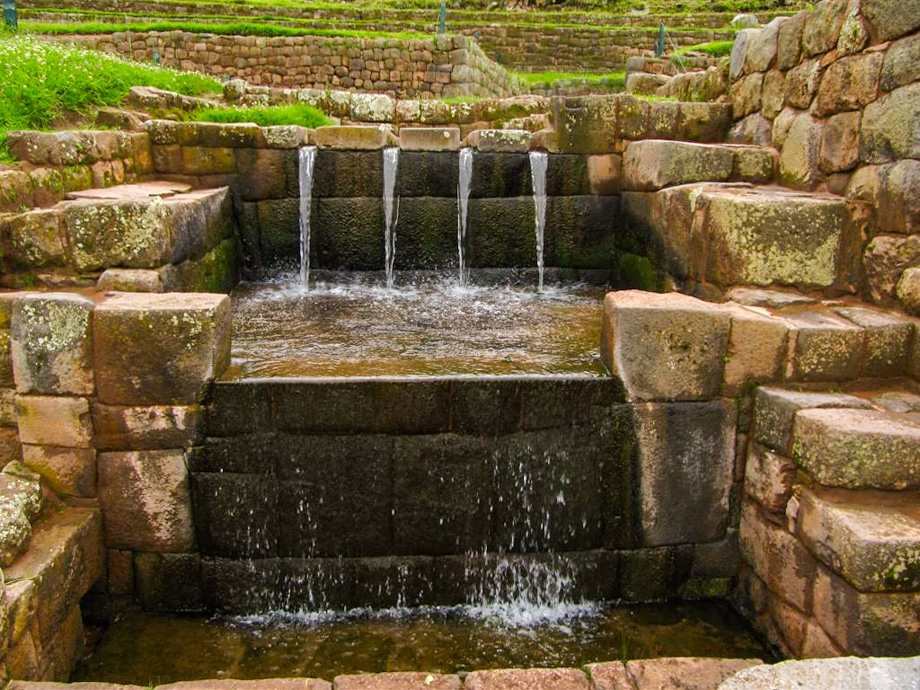
Perfectly aligned, these terraces show how the Incas transformed steep terrain into productive land.
The water channels, some carved directly into the rock, are a spectacle for lovers of ancient engineering.
From Tipón, you can enjoy impressive views of the South Valley of Cusco, surrounded by mountains and green fields.
The place is not far from Cusco, so you can take transport to Tipon. From here, you can take a local taxi to the site.
Many agencies in Cusco offer tours to the South Valley, including Tipón, Pikillacta, and Andahuaylillas.
If you prefer to explore with time, you can hire a taxi from Cusco, which is ideal for small groups.
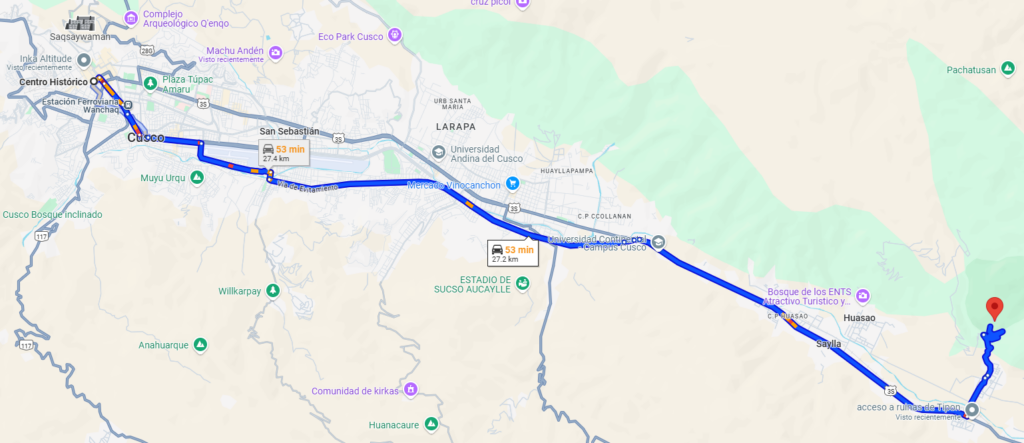
In the Andean worldview, water was essential and sacred, symbolizing life, purification, and connection with Pachamama (Mother Earth). In addition to being used for agriculture, the rituals for which it was used in Tipón had great spiritual significance.
A fascinating archaeological site from the pre-Incan period, just 30 kilometers from the city of Cusco. It was built by the Wari culture between 550 and 1100 AD; this civilization preceded the Inca Empire with its ingenuity and organization.
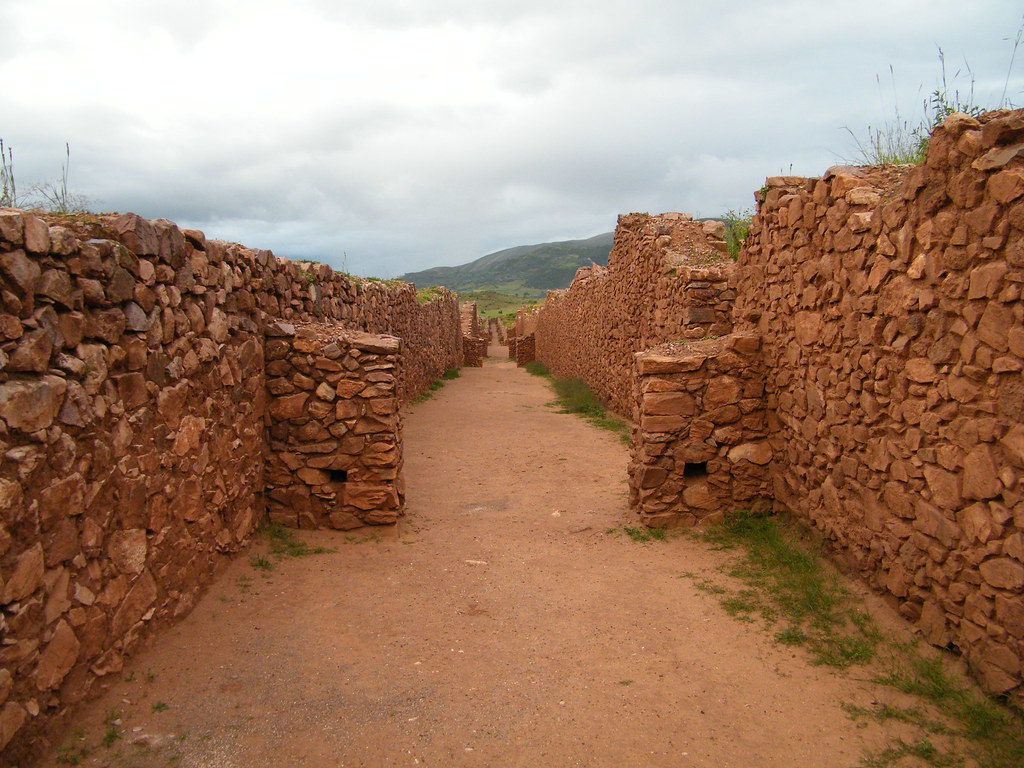
Pikillacta, which means “city of fleas” in Quechua (although the original meaning is unknown), is one of the few planned cities from the pre-Inca period. Unlike the Inca settlements, Pikillacta is characterized by:
Straight streets, squares, and delimited areas show a notable degree of urban planning.
2. Imposing walls:
Stone and mud walls up to 12 meters high protected this essential administrative and ceremonial center.
It covers more than 50 hectares and is considered one of the most significant archaeological sites of the Wari culture.
Located strategically, Pikillacta offers panoramic views of this lagoon, an essential resource for agriculture and water supply.
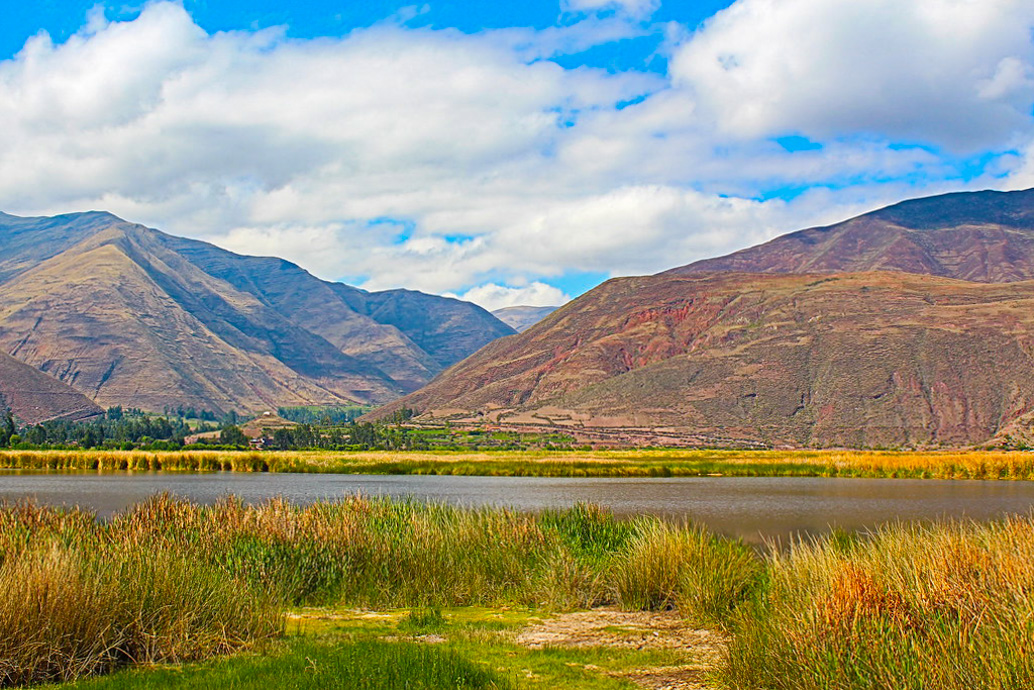
The city was laid out on a precise grid, with streets dividing buildings into blocks.
Areas were identified for housing, religious, and administrative activities.
The carefully assembled stone and adobe walls demonstrate the Wari’s mastery of construction and defense.
Near the site, this lagoon is a bird refuge and an excellent place for those who enjoy ecotourism.
Take a bus from Cusco to the district of Andahuaylillas (known for its baroque church). Ask the driver to drop you off at the entrance to Pikillacta.
Many agencies offer South Valley tours, including Pikillacta, Tipón, and Andahuaylillas.
If you prefer more comfort, you can rent a taxi from Cusco.
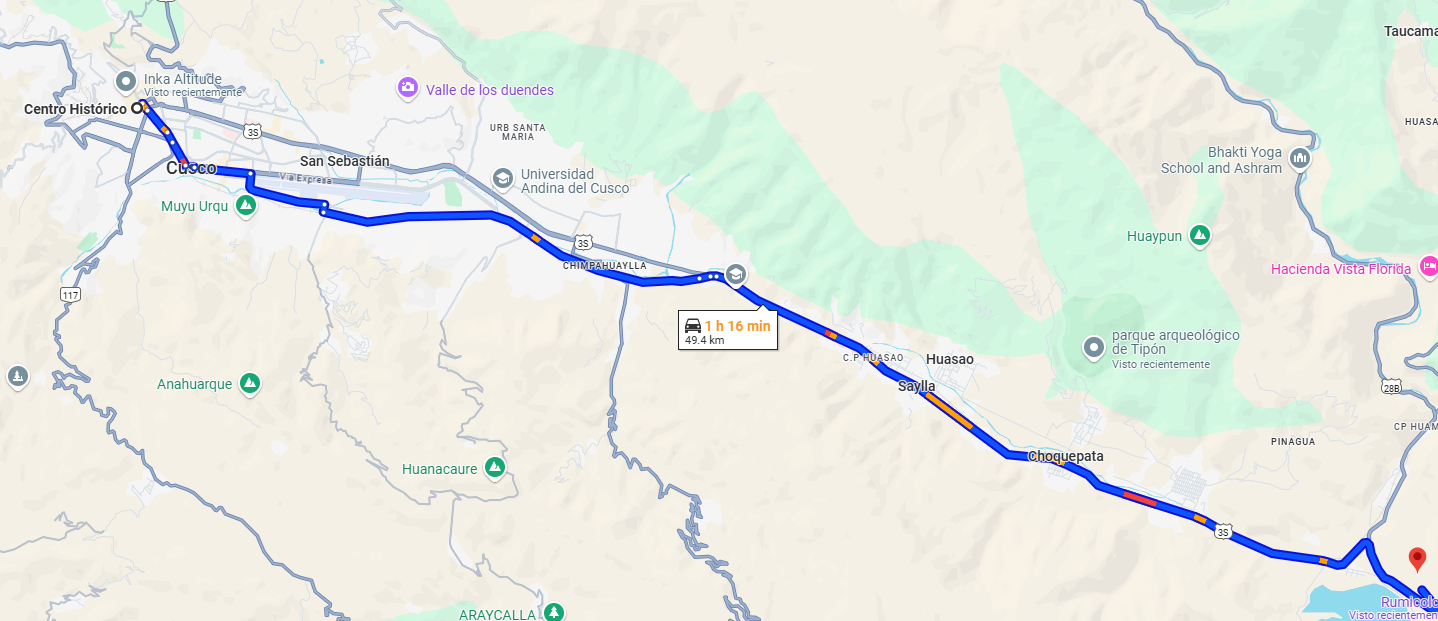
Climate: The climate can vary depending on the season you visit the city of Cusco. Wear comfortable clothing, sunscreen, a hat, and water.
Water and snacks: Pikillacta does not have tourist services on site, so prepare before you arrive.
Time: Allow 1-2 hours to explore the site at your leisure.
Guide: Hiring a guide is ideal to understand the history and details of the site, as it is not as well known as others in Cusco.
One of the most influential cultures of the pre-Hispanic period was the Wari due to its territorial expansion, irrigation system, and monumental architecture. This culture was able to build organized cities and administrative centers that connected with distant regions.
The Wari disappeared before the Inca expansion; however, the Incas adapted many of their techniques in urban planning and territorial administration. Pikillacta is a bridge between both cultures, showing the knowledge that was transmitted and how it evolved in the Andes.
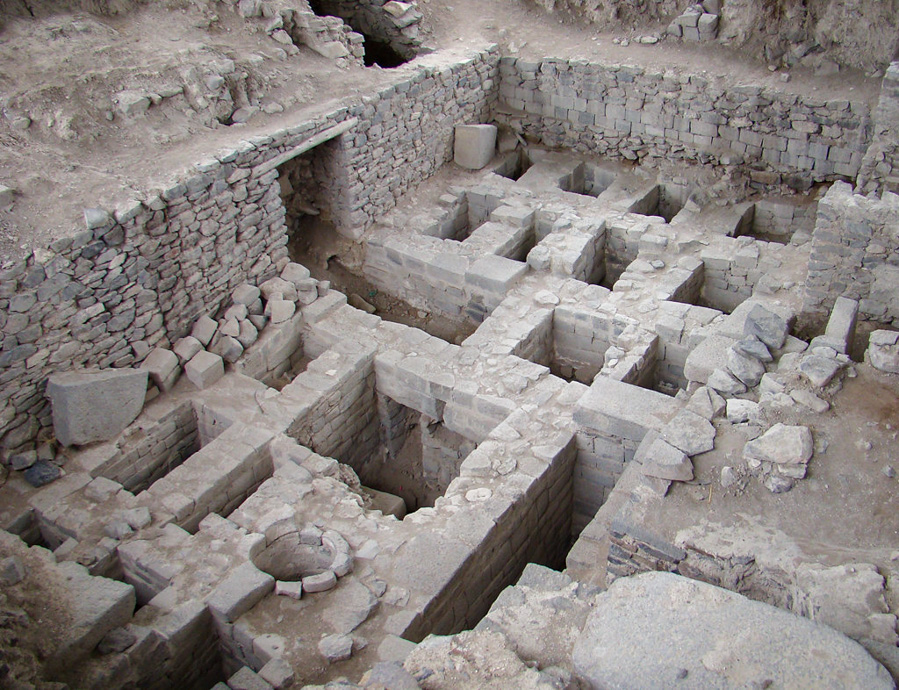
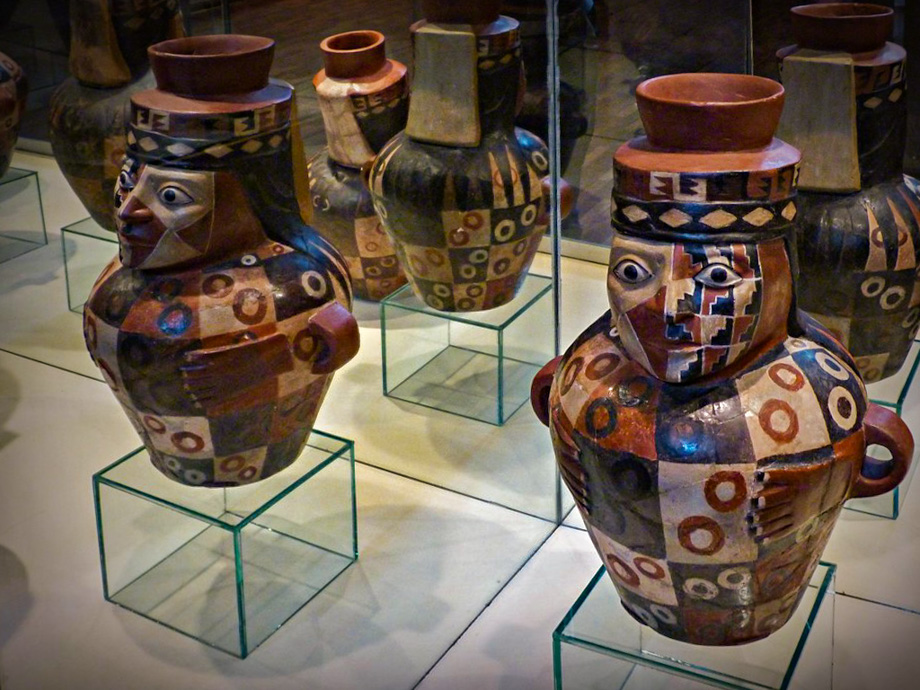
This place is full of spirituality and beauty in the middle of the Cusco mountains. Its name means “Moonstone” within the Andean worldview.
Killarumiyoq is a perfect destination for travelers looking for a more intimate experience of Cusco’s history and landscapes. With its impressive rock art, ceremonial sites, and mystical aura, this site is an underexplored gem.
The site’s main element is a carefully carved monolith representing the moon, a sacred symbol in the Andean worldview.
This place was used for religious ceremonies related to fertility, Pachamama (Mother Earth), and the agricultural calendar.
Surrounded by mountains and Andean landscapes, Killarumiyoq is ideal for those seeking tranquility and contact with nature.
Unlike the more popular sites in Cusco, Killarumiyoq offers a quieter and more authentic experience.
The site’s main carving represents the moon, surrounded by other figures that could symbolize lunar and agricultural cycles.
2. Platforms and ceremonial structures:
You will find agricultural terraces and enclosures used for ceremonies and offerings to the Andean gods.
3. Panoramic view of the valley:
From Killarumiyoq, the views of the surrounding valleys and mountains are spectacular and perfect for photographs.
4. Channels and sources:
Like other Inca sites, Killarumiyoq has a system of canals that distributed water, probably used in rituals.
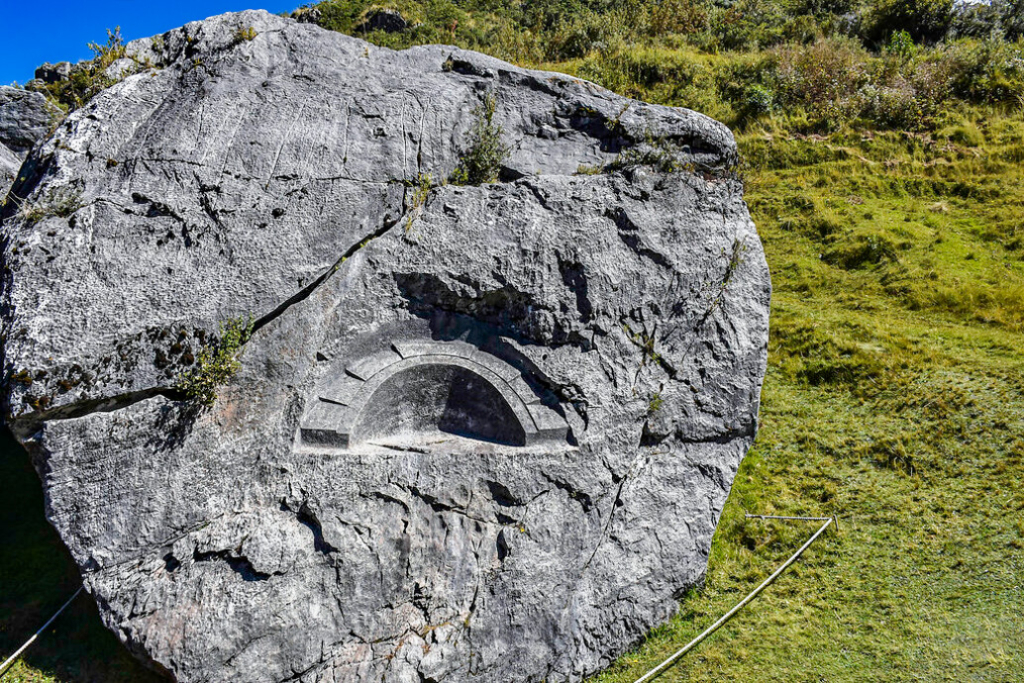
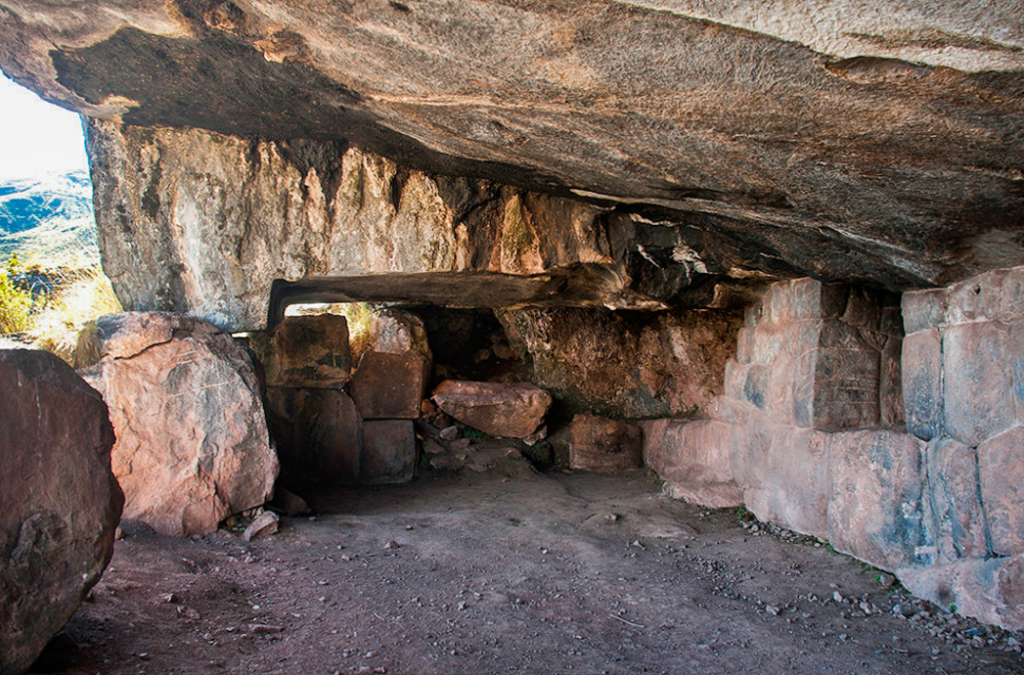
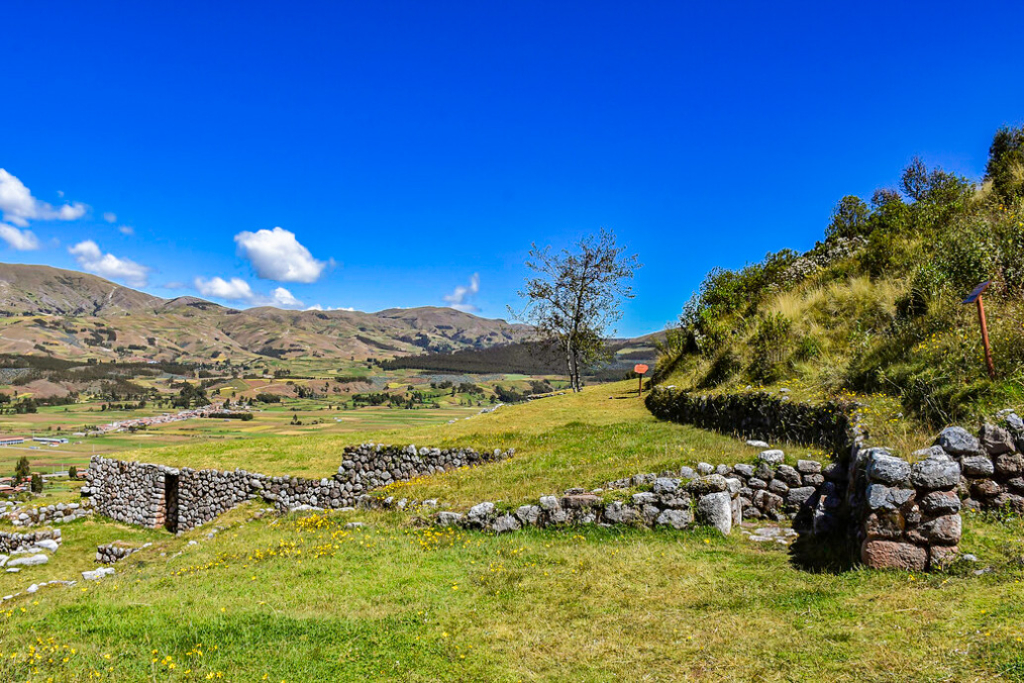
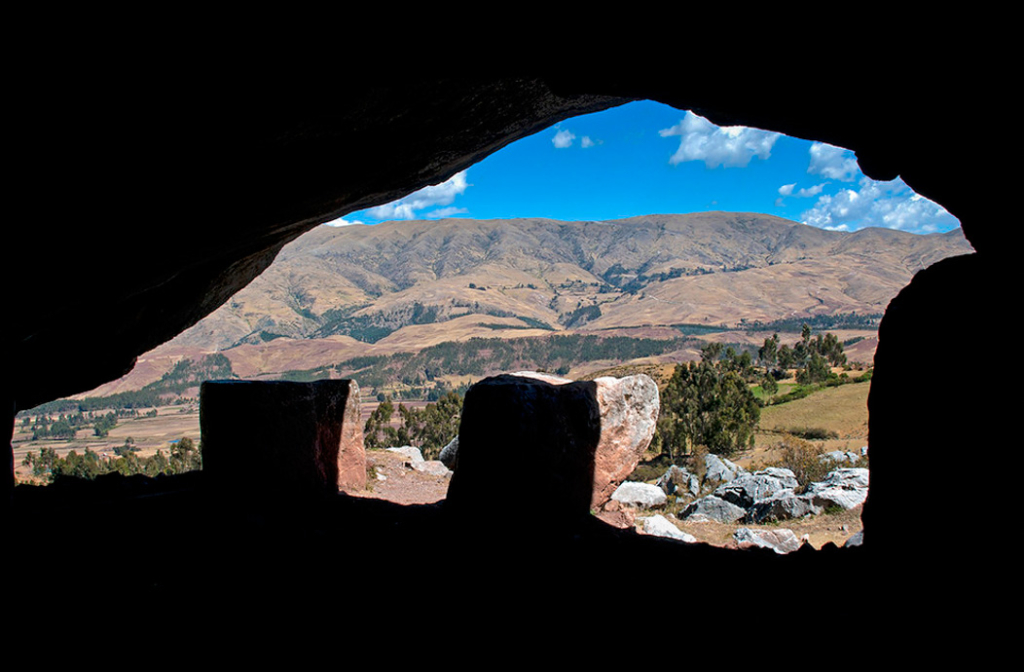
From Cusco:
Take a bus towards the Ancahuasi district (on the route to Abancay).
From Ancahuasi, you can take a taxi or walk to the site.
Private or guided tour:
Some agencies offer customized tours that include Killarumiyoq and other nearby destinations.
On your own:
If you can access a car, you can drive from Cusco, take the road to Abancay, and turn off at Ancahuasi.

In Andean culture, the moon, Mama Killa, protected women, agricultural cycles, and natural rhythms. Lunar worship was essential for marking calendars and organizing daily life.
The Incas and their ancestors deeply respected the moon, complementing their worship of the sun (Inti). Killarumiyoq was, without a doubt, a place where these beliefs materialized in ceremonies full of symbolism.
Killarumiyoq is not only a ceremonial site but also an astronomical observatory. Its carvings and structures’ placement align with lunar cycles, making it a key place to understand how the Andeans integrated science and spirituality.
Although less popular, Tipón, Pikillacta, and Killarumiyoq offer a unique experience for travelers interested in learning about Cusco’s historical and cultural diversity. They are perfect for those looking for quiet places full of history and surrounded by nature.
Dare to get off the beaten track and discover the lesser-known Cusco! Would you like to visit any of these places? Please let us know your opinion, or tell us your favorite.

Search
